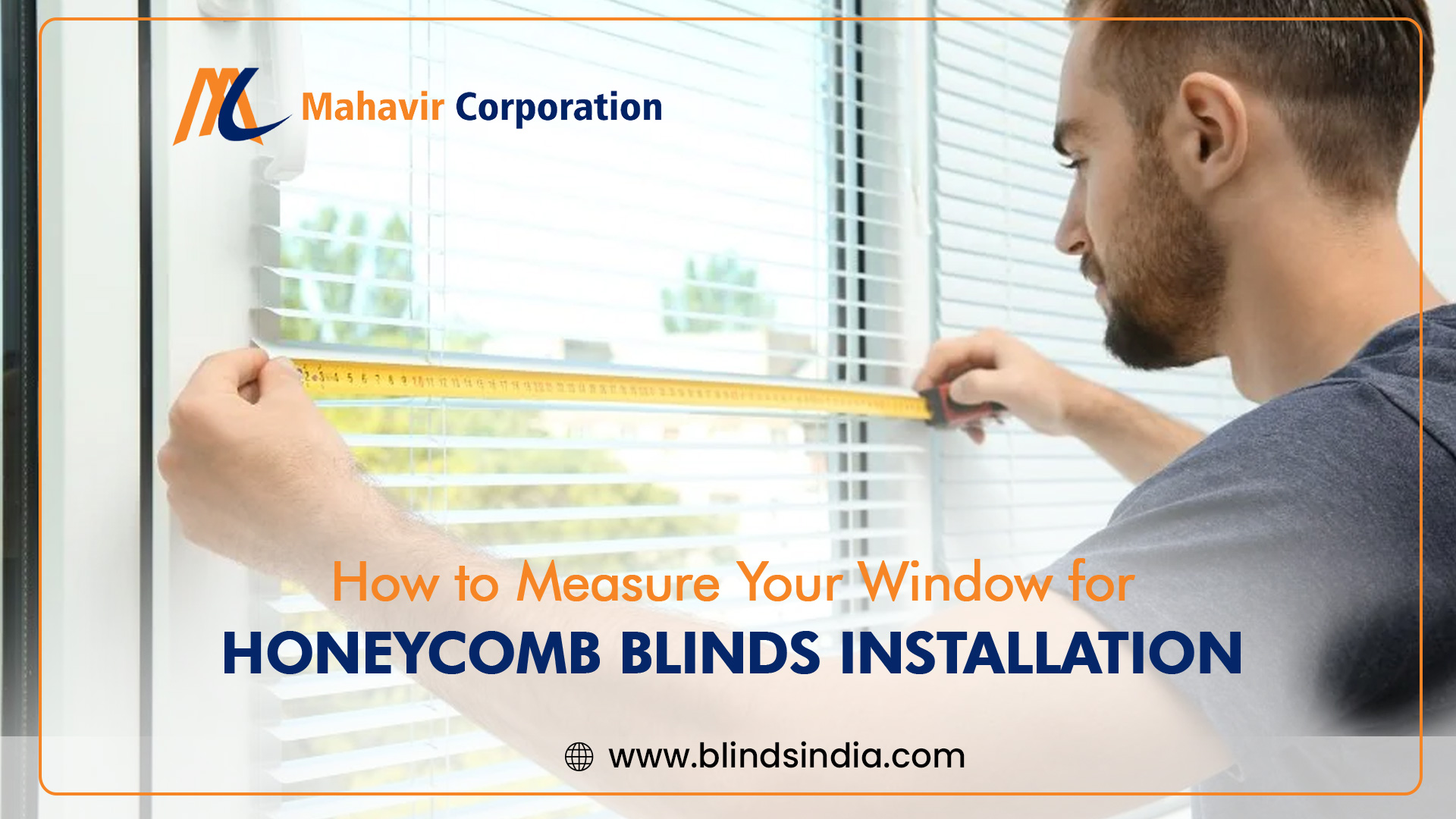
Blinds are a great way to provide privacy and control light in a room, but they are suitable as an ornamental piece in a room. For example, if you want to create a more dramatic ambience in your bedroom, you can use blinds with different colours on each side or add some curtains that match the colour scheme of your bedroom.
Honeycomb blinds are a great way to save on energy costs and give your home a modern look. Cellular shades are made of vinyl or polyester material, with a honeycomb pattern cut into the fabric. They come in various colours and can be customised to fit any window size. The size of these cells is an important factor in determining how much light will enter the room.
You can utilize Cellular shades to replace heavier window coverings like curtains or drapes, which can be difficult to clean and maintain. They also offer privacy while still letting light in through the windows.
Choosing the cellular size
Honeycomb blinds come in many different sizes, so you can find one that perfectly fits your window. But even if you do find a size that will fit, it is important to know how many cells each honeycomb panel has because this will determine how much light comes into the room and how much privacy you get from the window. If there is too much light coming into the room, then it might not be a good idea for you.
Installing honeycomb blinds
Blinds might seem like another expensive way to dress up your windows, but they come with many benefits. For example, some blinds feature slats that can be tilted or angled to control what's coming into the room. This can be helpful when trying to create the illusion of more or bigger windows. And while they don't offer full-room privacy, they can help you block out unwanted views.
How to install window blinds: You can follow the below steps.
Step 1: Measure the window's width and length. You can measure the width on one side of the window, and measure the length on both sides. So, if your window is 36 inches wide or long, you'll need to cut three identical but different lengths of blinds.
Step 2: Cut the slats according to your window's width and length measurements. For example, if your window is 36 inches wide, you'll need to cut three blinds that are 18 inches in length each.
Step 3: Attach the slats using a tool you might have around at home, like a screwdriver.
Single vs. Double cell honeycomb blinds
Double cell honeycomb shades offer more insulation, saving you more money on energy costs. Double cell honeycomb shades offer more insulation, saving you more money on energy costs. The double cells of the honeycomb shades are good at blocking out heat and cold from your windows. They also provide good protection from UV rays.
Some exciting features of honeycomb blinds:
These double-cell honeycomb shades also provide an effective insect-repellant function. The honeycomb shape provides better airflow, preventing insects from crawling into your home.
They are also waterproof, so they are not prone to rotting or moulding over time.
It fits standard window openings measuring 16" x 16".
Single-cell honeycomb blinds
If you're looking for light- filtering shades, the single cells are much brighter than the double cells. As a result, they are not as insulated as the doubles, but they are one of the best options if your window receives a lot of light. When you're not using light-filtering shades, it's best to use single cells. The single cells are better at cooling the window during the summer months in direct sunlight and heating it during the winter months. The double cells are great for insulating your windows during the night while you sleep. This way, you'll get a warmer or cooler temperature throughout your bedroom.
Small cellular size
It can be challenging to use small cell shades for a big window because it can look cluttered with many cells and pleats.
Large cellular size
Window coverings are an important part of the home. They help keep out the sun, provide privacy, and offer insulation. For large windows, 3/4′′ single cell shades offer better protection against the sun's rays and heat.
It is important to note that this type of window covering will need to cover a larger area than regular blinds or curtains. The distance between these shades should be six inches from the window frame on both sides.
Multiple colours are available in both fabric and vinyl. Recommended colours are white, cream, and tan. Shades typically come in a horizontal or vertical pattern. If a window opens vertically, it is can use vertical shades. If the window opens horizontally, then horizontal shades should be chosen. To achieve better insulation and protection from the sun's rays, both sides of the shade are thicker than standard blinds or curtains.


